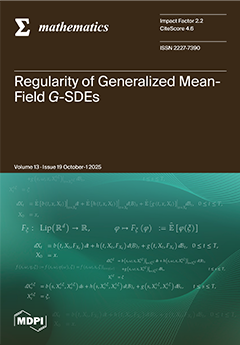This study focuses on the mathematical method developed by integrating the surrogate model as constraints for wall stability into the heuristic optimization algorithm to gain the optimum cost and
emission value of the gabion retaining wall (GRW). This study also includes
[...] Read more.
This study focuses on the mathematical method developed by integrating the surrogate model as constraints for wall stability into the heuristic optimization algorithm to gain the optimum cost and
emission value of the gabion retaining wall (GRW). This study also includes the comparison of optimum GRW results with optimum cantilever retaining wall (CRW) designs for different design cases. The Harmony Search Algorithm (HSA), which efficiently explores the design space and robustly reaches the optimum result in solving optimization problems, was used as the heuristic optimization algorithm. The primary construction scenario was considered as an optimization problem, which involved excavating the slope, constructing the wall, and compacting the backfill soil to minimize the cost and CO
emissions for separate objective functions of GRW and CRW designs. Comparative results show that GRWs outperform CRWs in terms of sustainability and cost-efficiency, achieving 55% lower cost and 78% lower CO
emissions on average, while the HSA–surrogate model provides a fast and accurate solution for geotechnical design problems. The surrogate models for sliding, overturning, and slope stability safety factors of GRW exhibited exceptional accuracy, characterized by minimal error values (MSE, RMSE, MAE, MAPE) and robust determination coefficients (
), hence affirming their dependability in safety factor assessment. By integrating the surrogate model based on the statistical method into the optimization algorithm, a quick examination of the wall’s stability was performed, reducing the required computational power.
Full article





